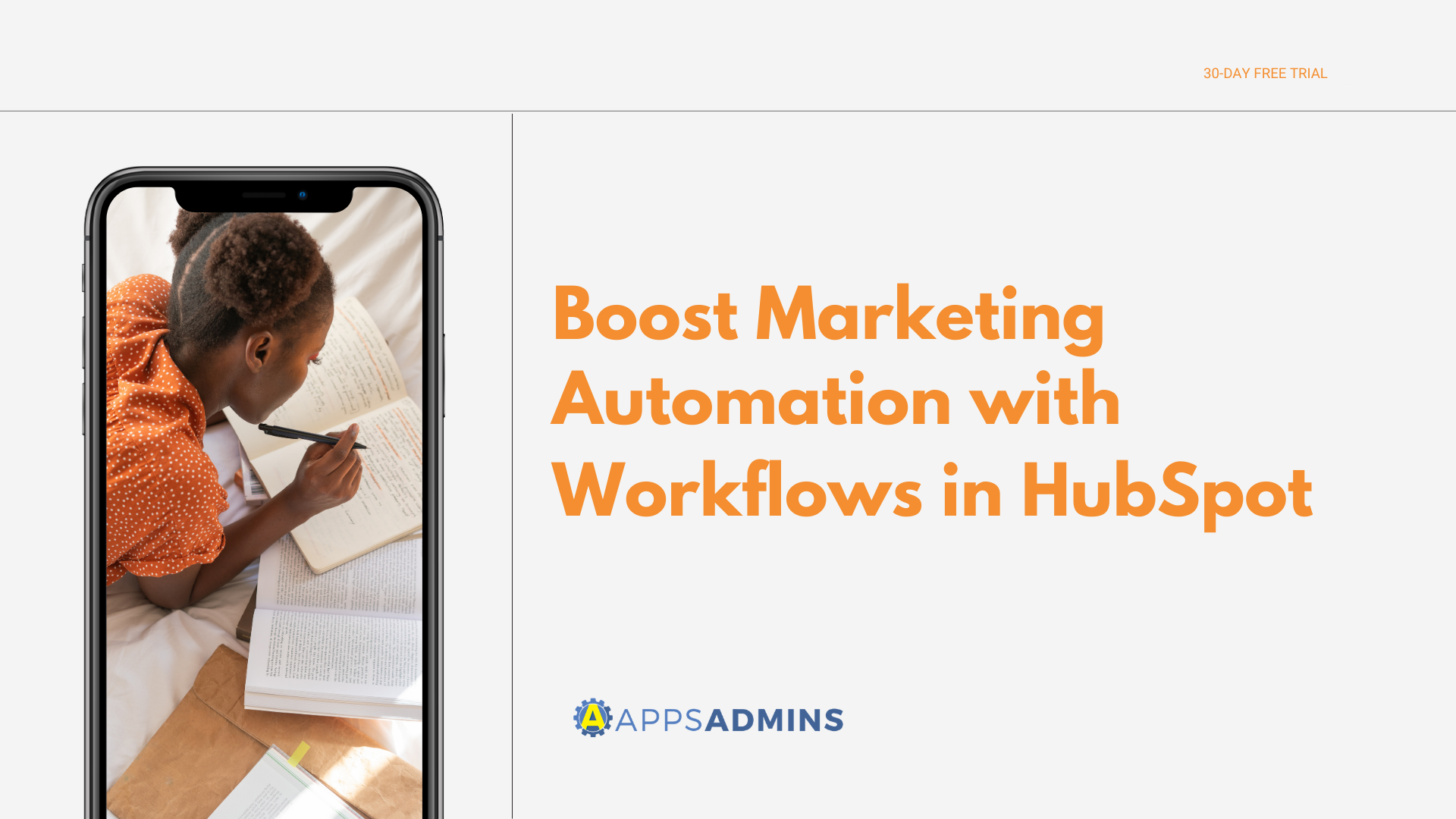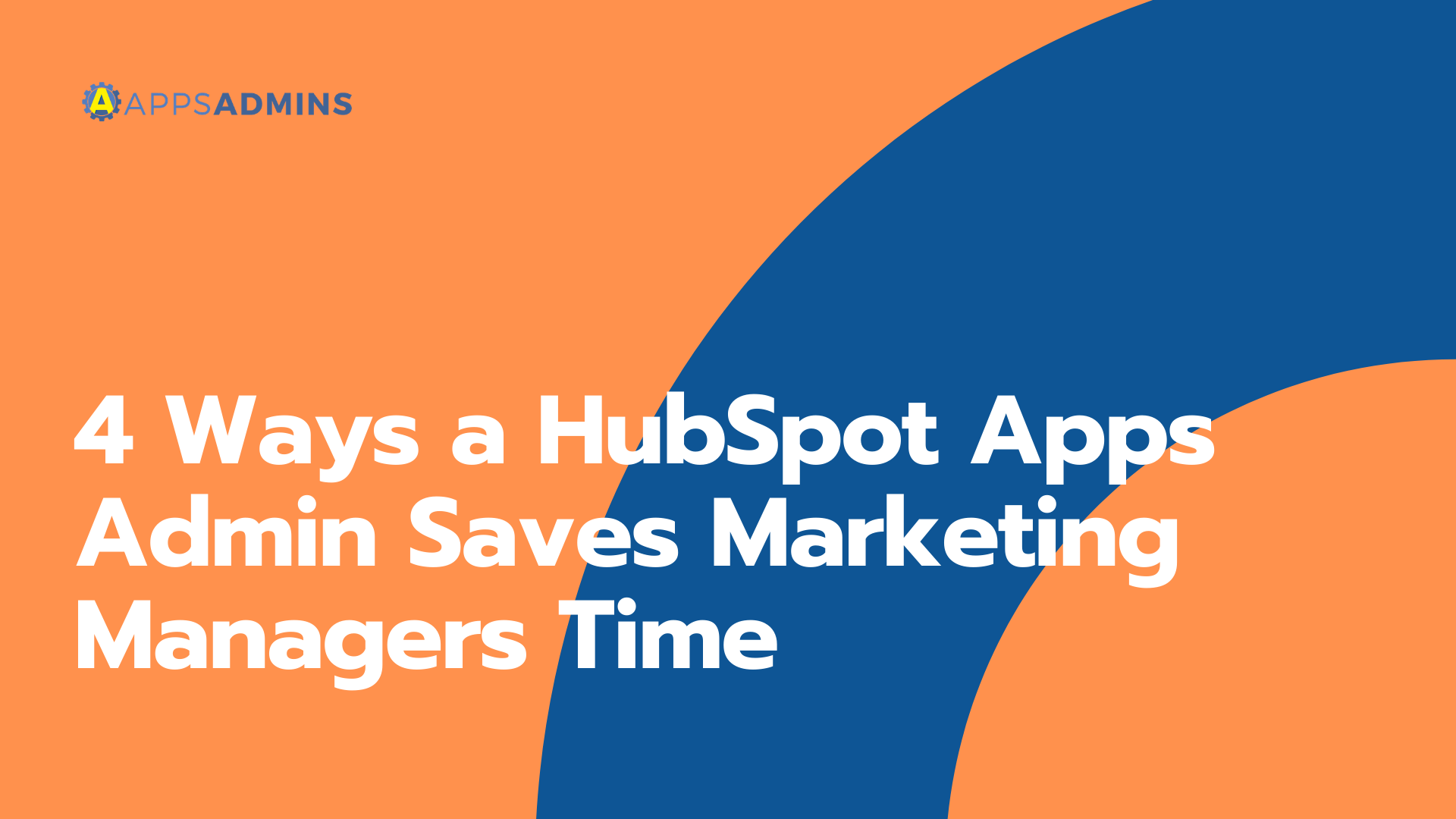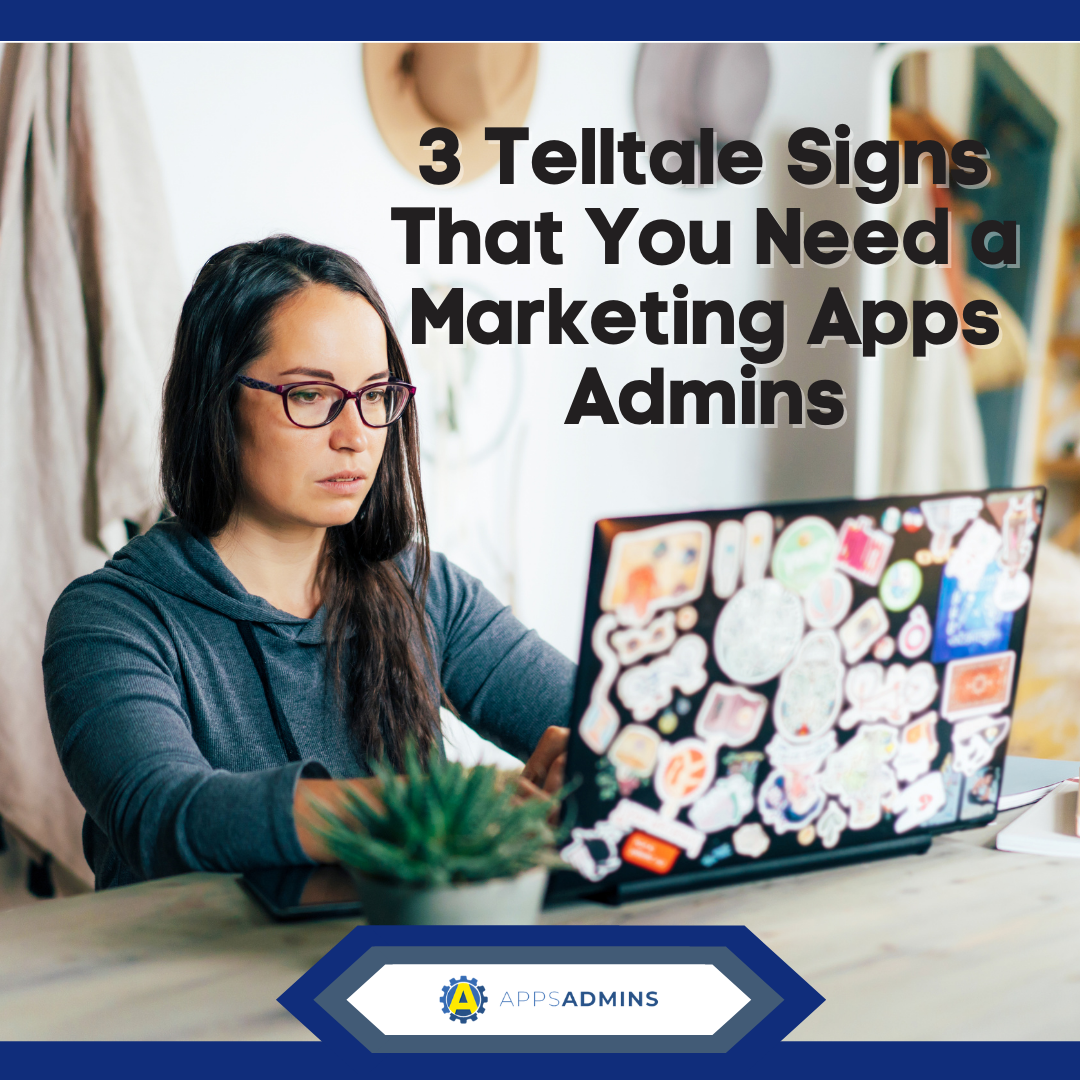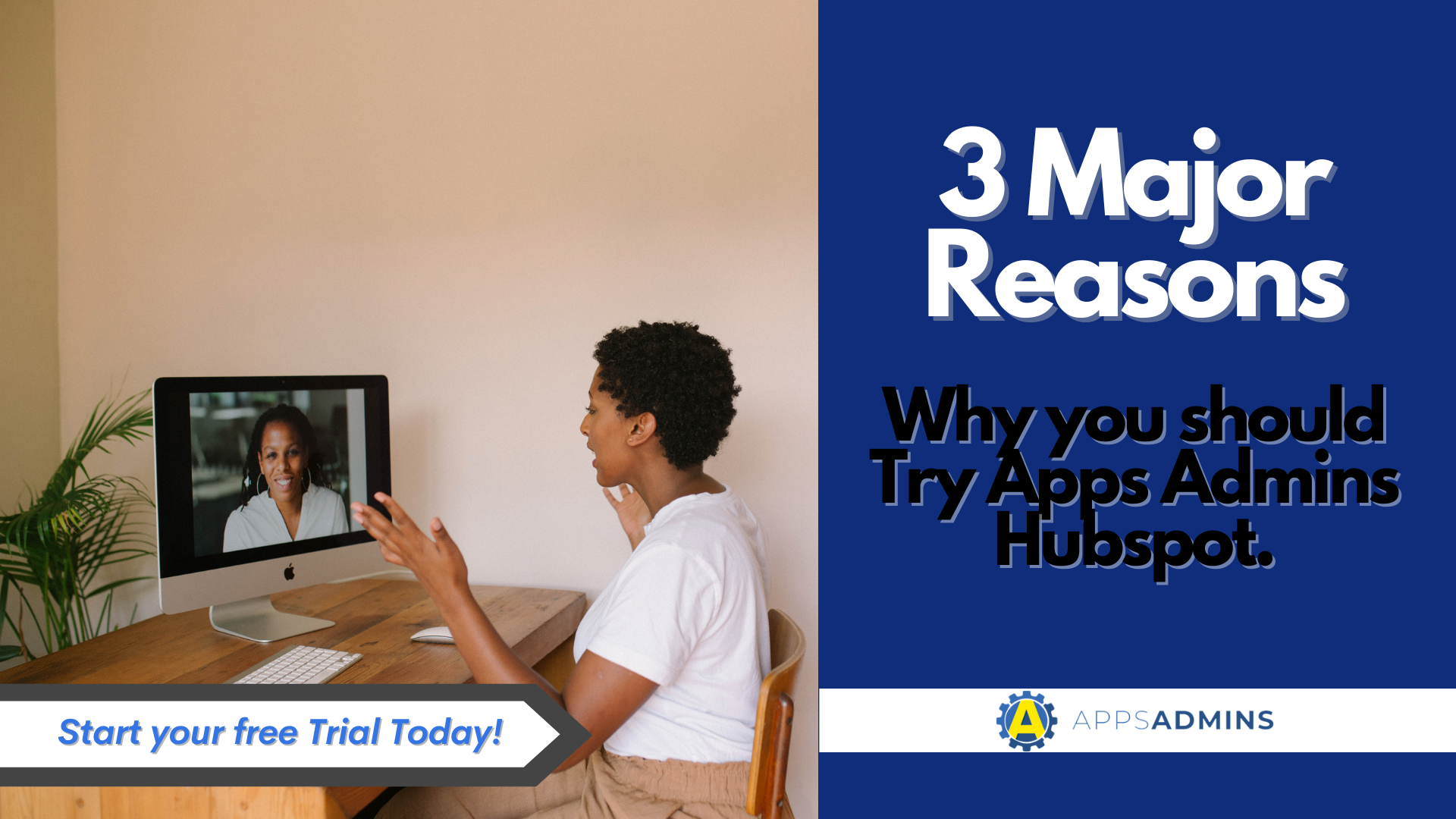G Suite Business Free for 30 Days
Sign up for a Free 30 Day Trial of G Suite Business and get Free Admin support from Google Certified Deployment Specialists.

 You've done the hard work of creating buyer personas, and now you're trying to craft content that will attract and convert them. But at times it feels as if you're swimming wildly in the dark. You're not exactly sure how to shape your overall strategy--what content to produce and when to produce it--and that's when the work becomes frustrating and exhausting.
You've done the hard work of creating buyer personas, and now you're trying to craft content that will attract and convert them. But at times it feels as if you're swimming wildly in the dark. You're not exactly sure how to shape your overall strategy--what content to produce and when to produce it--and that's when the work becomes frustrating and exhausting.
Of course, content creation will always be hard work. There are no shortcuts. But there's a big difference between flailing in random directions and having a proven plan laid out before you.
Thankfully, the plan is not tedious to grasp. It can be summed up in three stages--Awareness, Consideration, and Decision--as Hubspot has dubbed them (more on Hubspot in a moment).
Stage One: Provide Useful Information about the Problem (the Awareness Stage)
If a visitor is in the Awareness Stage, this person only has two things burning in their heart: 1) a general awareness of a problem, and 2) a need for more information about that problem. They've become keenly aware of certain pain points, and it's grown bad enough that they've taken to Google or some other means of search to gain a better understanding of their problem.
Let's look at an example of this that everyone can understand instantly: if your doctor told you that you had a disease that you've never heard of, or maybe you've heard of it but you've never taken time to understand it, the first thing you'd do is Google it to figure out what it is and understand how much pain it will cause in your life.
So how do you know if a visitor is in this stage?
SEO activity is a big indicator. The visitor in this stage will use generic search terms. For example, if a business is having a tough time with their payroll, someone with this general pain point might simply Google "how to better manage payroll."
In this Awareness Stage, your task is to provide content that answers general pain point questions and establishes thought leadership and trust. You're not there to rattle off product-based solutions or try to muscle them into signing up for a quote.
You're just trying to be helpful.
The visitor is not even aware of specific solutions yet, in other words. They just need that empowering feeling of knowledge. This is basic Top of the Funnel material.
So how do you get them to the next phase? One way to identify which "Awareness Stage" visitors might convert to customers is to offer additional helpful info (i.e. eBooks, convenient checklists, white papers, etc.) in exchange for their email address. If they're willing to hand over some personal info for additional tips, it's a sign you have someone who might be heading toward the next stage.
Whatever you offer should not demand too much from the visitor in this stage, and it should always stay focused on explaining the problem and helping the person find general, this-is-not-a-product-sales-pitch ways to fix the pain point.
Stage Two: Provide Useful Information about the Solutions Available to Them (the Consideration Stage)
At this point the buyer wants to understand the variety of specific solutions that are available to solve their problem--including products/solutions that may not include yours--so that they can compare and contrast what's out there.
They are considering their options, in other words.
This Middle of the Funnel phase is where you feature content that talks about your product information, especially the key benefit of that product, in addition to other products or services that are not yours. The buyer wants to compare your product with other solutions. This is where you anticipate and address the key objection that your buyer's persona might have to your product.
Buyers in this stage often use search terms with the word "compare" or similar keywords. If we continue the payroll example above, in this stage the buyer has finished looking for information about the problem of poor payroll management, and they're now researching specific solutions. They now know that there's a solution involving apps, so they might search for "compare payroll apps" or something along those lines.
In this stage, you can now demand a little more from them, such as signing up for an hour-long webinar to look at the variety of products out there, and then learn more about how your service or product can solve their problem. You should also offer materials that help them easily research your product without much effort: case studies, product comparisons, brochures, white papers, sell sheets, podcasts with product info, testimonials, etc.
Stage Three: Getting Sales Involved (the Decision Stage)
We've now reached the Bottom of the Funnel, and this is where sales steps in. This is often where a buyer will want to interact with a sales rep in some way--online chat, phone call, in-person, text, email (the more options for interaction types the better so that buyers can choose the interaction experience on their terms, not yours)--or the buyer will went to try a demo of your product or service.
Buyers who are in this stage often search for very specific terms. They are often Googling a product by name to do as much research on it as possible and to compare prices.
A Handy Cheat Sheet for the Three Stages of The Buyer's Journey.
Hubspot, the rightful monarch of inbound marketing, has created a useful infographic that sums up everything above in a diagram with helpful content topic suggestions. It works as a quick reference flow chart that you can use as you're shaping your content creation strategy for each buyer persona you've created.
If you follow the principles above, you'll get good at recognizing where a buyer is in the process. If, for example:
- a buyer lands on one of your Awareness Stage informative blog posts that tells them "how to" solve a pain point, and then they hand their email over to sign up for the e-book offered at the end of the article, you know this person is heading toward the Consideration Stage that talks about specific products
- You can then send them content appropriate for that category that helps them compare products and solutions.
- If they sign up for something more demanding in the Consideration Stage or if they stage engaged with you in some other way, you know you're close to the Decision Stage when it's safe to bring in sales
This is a quick, rudimentary example, of course, but it gives you the general idea.
Contact us for more helpful tips on how to provide the best content at the right time.
.jpg?width=818&name=appsadmins-svg-rules-1%20(2).jpg)







